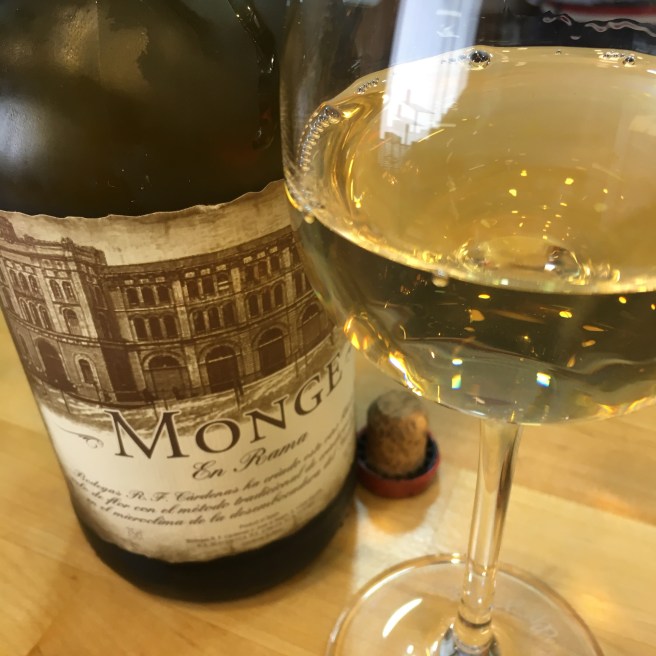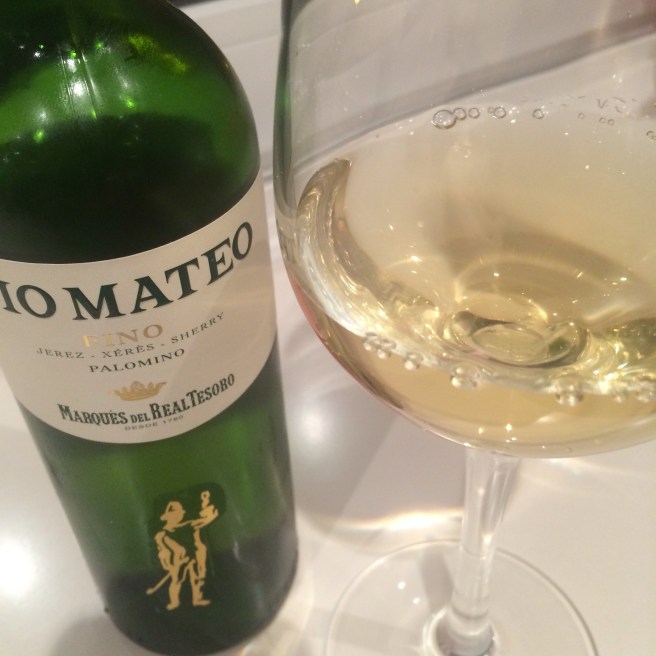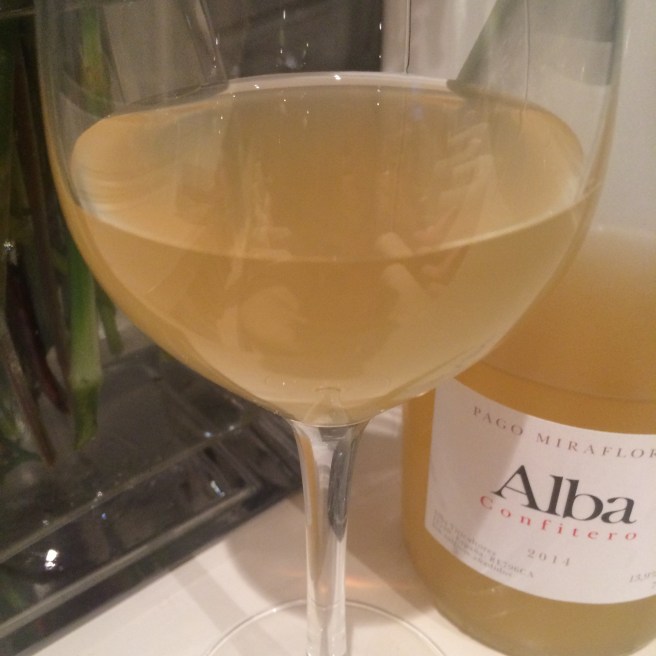
It is said that sherry was at one time so widely drunk in the UK that it was commonly referred to as “milk”, and that the characters at Harveys blended an oloroso so rich that it became known as the “cream”, creating the category that now dominates the supermarket shelves over here.
In fact a gander at the Wikipedia entry shows a far more complex blended beast – fifty different soleras, three types and two grapes – a typically complex wine, in fact, for a region where nothing is ever straightforward (I am not referring to Bristol).
In colour it is a deep brown – a little dense and not fully crystalline. Then the first noseful is all sweet raisins like a pedro ximenez – a sensation that doesn’t repeat when you go back to it – becomes more sugary treacle and a bit of baked citrus.
On the palate it is again like a (very light) treacle, sticky on the top and sides of the mouth. There is less of the raisins, a bit more burnt sugar and toasted walnut/walnut skin. Nice and long and a sweet, sticky finish.
Overall I find it pleasant and drinkable but a bit lacking in bite – the acidity of the oloroso never seems to really arrive.









